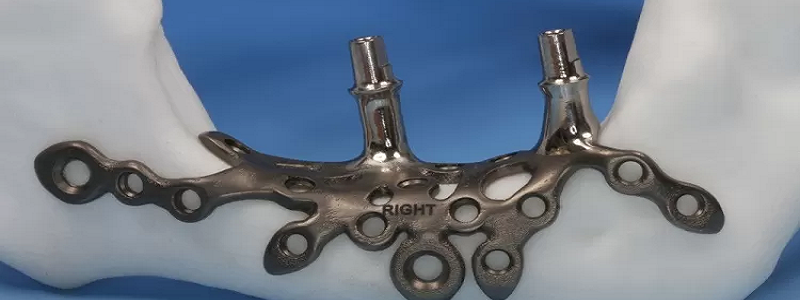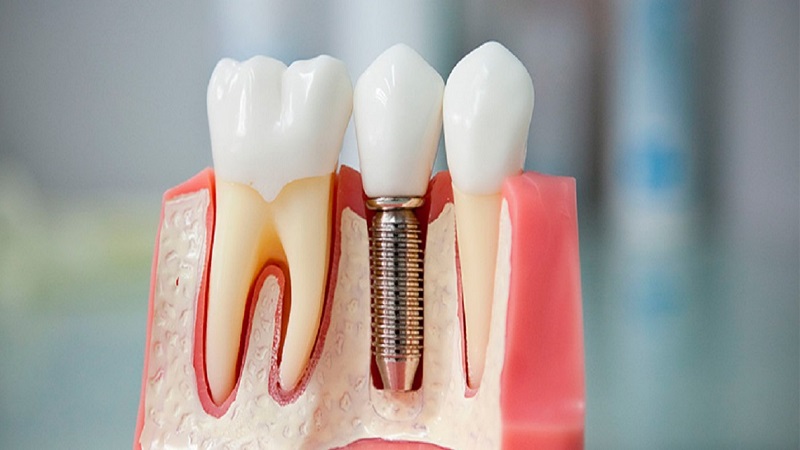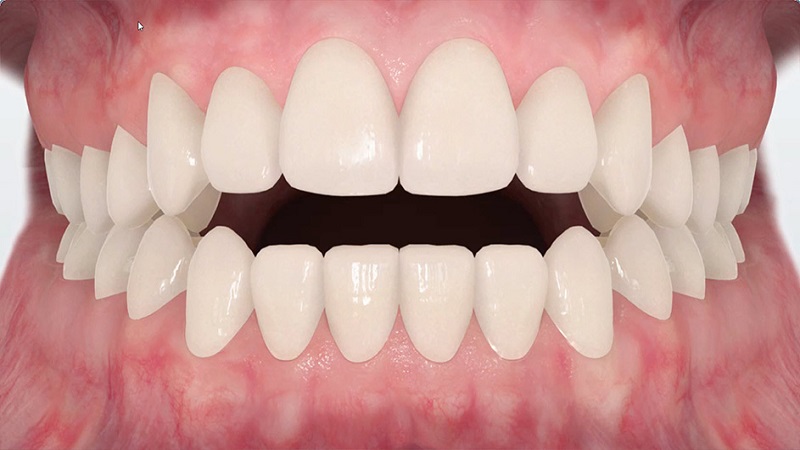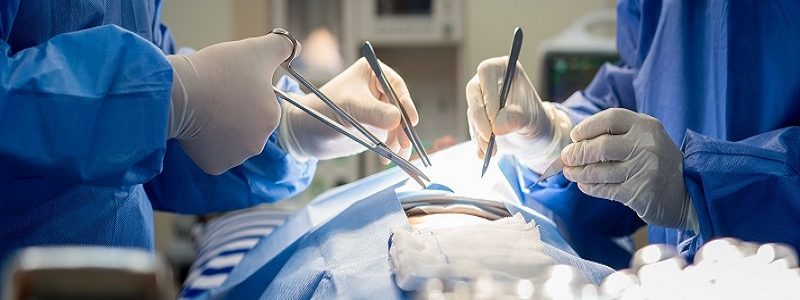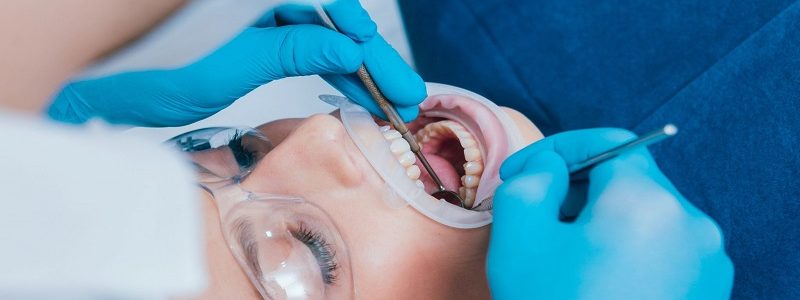What is the most beautiful nose job?
The purpose of plastic nose surgery is to correct the defects and fix the appearance of the nose. Join us to review cosmetic nose surgery :
with reading material Dr Behnam khorami Jaw surgeon of Isfahan be with :
- Medications that should not be taken before rhinoplasty
- Round tip nose operation
- Nausea after rhinoplasty
- Isfahan nose surgeon
- Frequently Asked Questions about Deviation and Fracture of the Nose
- The importance of gluing after rhinoplasty
- Best of nose surgery
- Prevention of complications of rhinoplasty for people 40 Year
Natural meaty nose job (Men's nose job)
One of the most common types of nose job is the nose job, which has many fans. Especially in men's fleshy nose surgery, it is preferred to avoid making extensive changes on the nose and only fix its defects..
Since a huge part of the fleshy nose is made up of muscle and fat . Therefore, it is difficult to make many changes on it and remove more tissue and may face problems after surgery. For this reason, doctors usually do not recommend fancy nose surgery or doll nose surgery for their patients..
Female nose job
Natural female nose surgery is one of the most important issues that women are looking for. In addition to being composed of more fat and muscle tissue, meaty noses also have thicker skin. . They can have a hump on the bridge of the nose, in which case it is called a fleshy-bone nose operation.
Some women have a tendency to have their noses operated in the form of a doll and in fact have an upturned nose job, but for this they must consult a specialist doctor so that the surgeon can carry out the necessary investigations and tests of the resistance of the nose to perform the nose job. Check out the fancy meat.
What is the best procedure for nose surgery?
Nasal nose surgery, like bony nose, can be done in two ways: closed nose surgery and open nose surgery, but ultimately the choice of nose surgery type depends on the doctor's opinion and the patient's physical condition..
Open nose operation
In this type of surgery, the doctor makes incisions in the areas around the nostrils as well as inside the nose, and then removes the skin of the nose and performs the necessary changes on the inner tissue of the nose with direct vision..
Since the doctor can fully see the internal components of the nose to make changes, this type of surgery is more suitable for when the patient needs more extensive changes or even to improve breathing problems.. But this type of operation usually involves a longer recovery period as well as more swelling and inflammation.

Closed nose operation (Meat nose surgery)
In closed nose surgery, incisions are made only inside the nostril and no external incisions are made on it.. Therefore, the doctor does not have a direct view of the internal components of the nose and must make all changes from inside the nose.
This type of operation is usually used for a time . that the nose only needs a series of minor changes and there is no need for major changes to be made on it. Since the skin of the nose is not removed . It usually has a shorter recovery period than the open method, and swelling and bruising are less.
But in the end, if you want to know which method is more suitable for nose surgery . It can be said that cartilage grafting is usually needed for nose surgery for greater strength and resistance of the structure and skeleton of the nose. . For this reason, doctors suggest open nose surgery for their patients .


